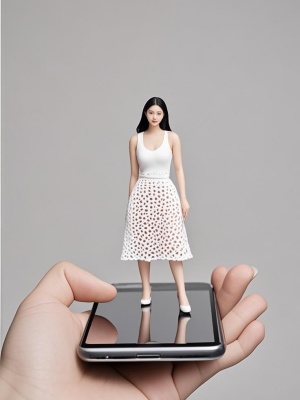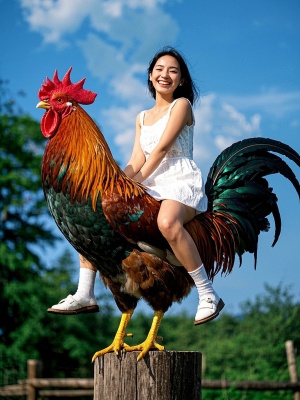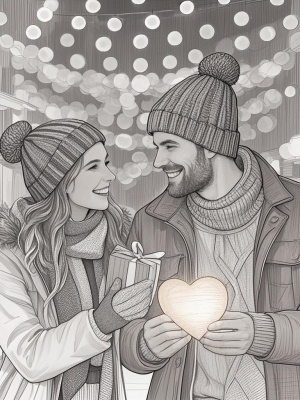The Playful World of Funny Pop Art: A Colorful Exploration
Introduction: The Joyful Rebellion of Funny Pop Art
Funny pop art represents one of the most delightful branches of the pop art movement, combining bold colors, commercial imagery, and humorous twists to create works that both entertain and provoke thought. Emerging from the 1950s-60s as a reaction to abstract expressionism, funny pop art took everyday objects and cultural icons, transforming them into exaggerated, ironic, and often hilarious commentary on consumer culture.
At its core, funny pop art serves two important functions: making high art accessible to everyone through familiar imagery, and using humor as a tool for social commentary. Artists like Roy Lichtenstein with his comic-inspired works and Claes Oldenburg with his giant soft sculptures paved the way for contemporary creators who continue pushing boundaries with digital tools and AI art generation.
The Evolution of Humor in Pop Art
From Satire to Silliness
The early pioneers of funny pop art primarily used humor as satire - think Andy Warhol's repetitive soup cans commenting on mass production. Today's funny pop art ranges from subtle wit to outright absurdity. Modern artists frequently incorporate:
- Meme culture references
- Unexpected mashups (like classical paintings with modern fast food)
- Self-referential jokes about art itself
- Interactive elements that change with viewer participation
The Digital Revolution
With the rise of digital tools and AI image generation, creating funny pop art has become more accessible than ever. Platforms allow anyone to transform photos into pop art masterpieces with humorous twists, from adding cartoon effects to inserting celebrities into unlikely scenarios.

Creating Your Own Funny Pop Art
Key Elements to Include
Whether you're working traditionally or digitally, successful funny pop art typically contains these elements:

- Bold, contrasting colors that immediately grab attention
- Clear, simple compositions that communicate the joke quickly
- Cultural references that your audience will recognize
- An element of surprise or unexpected juxtaposition
- Technical polish that shows intentionality behind the humor
Tools and Techniques
Modern artists have numerous options for creating funny pop art:
- Traditional painting and screen printing (for authentic retro looks)
- Digital illustration software like Photoshop or Procreate
- AI-assisted tools like text-to-image generators
- Mixed media approaches combining physical and digital elements
The Impact of Funny Pop Art in Contemporary Culture
Funny pop art has found renewed relevance in the internet age, influencing everything from advertising to social media content. Its ability to convey complex ideas through simple, humorous visuals makes it perfect for our fast-paced digital world.
Major brands frequently commission funny pop art-style campaigns to appear more relatable and youthful. Meanwhile, independent artists use platforms like Instagram to share their humorous takes on current events and pop culture phenomena.
Conclusion: The Enduring Appeal of Playful Creativity
Funny pop art continues to thrive because it fulfills our basic human need for joy and connection. By combining visual appeal with humor, it breaks down barriers between "high" and "low" art while encouraging us not to take life - or ourselves - too seriously.
For those inspired to explore this vibrant art form, resources like AI art guides can provide helpful starting points. Whether appreciating existing works or creating your own, funny pop art offers endless opportunities for creative expression and laughter.

As the boundaries between physical and digital art continue to blur, one thing remains certain: funny pop art will keep evolving to reflect our changing world while maintaining its core mission of spreading joy through bold, humorous visuals.